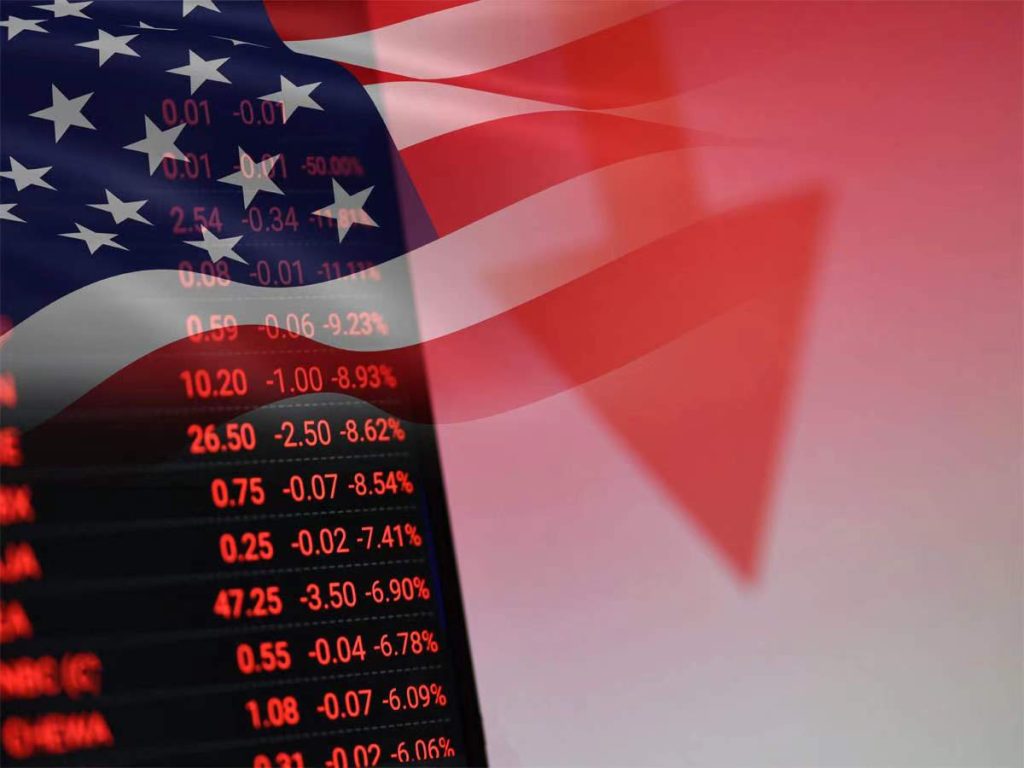
Since March 2022, the Federal Reserve has raised interest rates 11 times, creating a siphon effect that has attracted global wealth to the U.S. However, this “hot money” has failed to ignite economic growth. Instead, it has backfired. The U.S. is burdened with massive debt, and the Fed rate hikes led to increased interest payments on that debt, further straining the national budget. Rising borrowing costs, increased debt pressure, weakening consumer and investment demand, a cooling real estate market, slowed economic growth, and greater financial market volatility… The solution the U.S. is turning to for these issues? Cutting interest rates.
On August 23, Fed Chair Powell said during the Kansas City Fed’s annual Jackson Hole research conference, “The upside risks to inflation have diminished. And the downside risks to employment have increased. … The time has come for policy to adjust.” The interest rate cut then came in September as expected. However, with just over a month left until the U.S. presidential election, a rate cut at this time is bound to impact the election. On top of that, the second assassination attempt on presidential candidate Donald Trump has exposed numerous issues within American society, adding even more uncertainty to the evolving situation.
However, will the problem be fundamentally resolved by rates cuts?
The monthly employment report released by the U.S. Department of Labor in August shows that the U.S. unemployment rate in July rose to the highest level since October 2021. Additionally, the Department announced that in the 12-month period through March 2024, the U.S. had overestimated labor market growth by approximately 818,000 nonfarm jobs, indicating that the labor market is much weaker than previously expected. The blatant falsification of public data by the Biden administration seems to be aimed at creating a more favorable appearance for political purposes.
The rate cut in September could help address certain issues, such as improving the financial industry and capital-dependent industries like manufacturing, while also boosting employment rates. However, the U.S. has not gained enough benefits from this round of rate hikes, and the over-issued dollars cannot be consumed. A rate cut could lead to a foreseeable disaster—weakening the dollar and driving up prices. Once the U.S. cuts interest rates, its market will lose attractiveness, and capital will flow into resilient emerging economies that have withstood financial storms. The global economy will quickly gain new vitality, while the U.S. will be left with massive dollar debt and a range of problems, including inflation and economic recession.
Dedollarization has become a consensus among countries
In recent years, changes in the global situation have led to a gradual decline in U.S. hegemony, with the credibility of the U.S. dollar nearly collapsing. Kim Dotcom, the founder and former CEO of the now-defunct file hosting service Megaupload, believes that the U.S. is about to face the largest economic crisis in history, which will lead the entire world to move away from dollar hegemony. The primary reason the dollar is facing its end is that the world has grown weary of footing the bill for the U.S. Now, dedollarization has become a global consensus. Some major countries, such as China, are accelerating the process of dedollarization by establishing their own payment systems with the BRICS nations, selling off U.S. Treasury bonds, and taking other measures.
The U.S. economic recession is bound to take place
From the oil crisis in the 1970s, the savings and loan crisis in the 1980s, the dot-com bubble at the turn of the century, to the 2008 global financial crisis and the 2019 global COVID-19 pandemic, each significant rate cut by the Federal Reserve has closely coincided with periods of U.S. economic downturn. Faced with the current weakness in the economy, the Fed is attempting to lower interest rates once again, using more accommodative monetary policies to stimulate economic recovery and drive domestic growth. However, the U.S. today is in the twilight of autumn, with falling leaves and the possibility of an early cold night. What the world needs is the demise of a struggling empire, not an explosive collapse.

